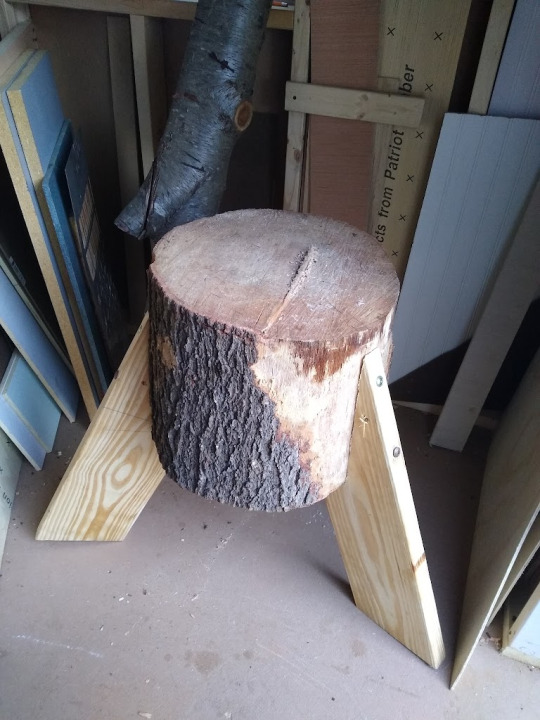- Joined
- Mar 6, 2022
- Messages
- 317
So I thought I would just stick with stock removal but "Der Mensch Tracht, un Gott Lacht" 

I got some good deals on 5160 but of course it is 2" x 0.250" and it seems silly to simply waste that down to finished thickness.
I'd like to use it to make some wood carving tools. Nothing over 3.5" blade (plus tang). Perhaps some slöjd knives, spoon knives, crook knives, hook knives, bent knives. All small blades though some will need a bend or full semi-circle.
Anyway, all I currently have to work with is a one brick forge, and a chunk of railroad track.
Is that enough to be able to move enough metal to get 1/4" down to 1/8 or even 3/32?
If not how much more is absolutely required?
I am overall very content doing stock removal. But I guess I want to just be able to occasionally move some thicker metal when acquiring it was such a good deal Occasionally being the key word.
Occasionally being the key word.
I got some good deals on 5160 but of course it is 2" x 0.250" and it seems silly to simply waste that down to finished thickness.
I'd like to use it to make some wood carving tools. Nothing over 3.5" blade (plus tang). Perhaps some slöjd knives, spoon knives, crook knives, hook knives, bent knives. All small blades though some will need a bend or full semi-circle.
Anyway, all I currently have to work with is a one brick forge, and a chunk of railroad track.
Is that enough to be able to move enough metal to get 1/4" down to 1/8 or even 3/32?
If not how much more is absolutely required?
I am overall very content doing stock removal. But I guess I want to just be able to occasionally move some thicker metal when acquiring it was such a good deal

